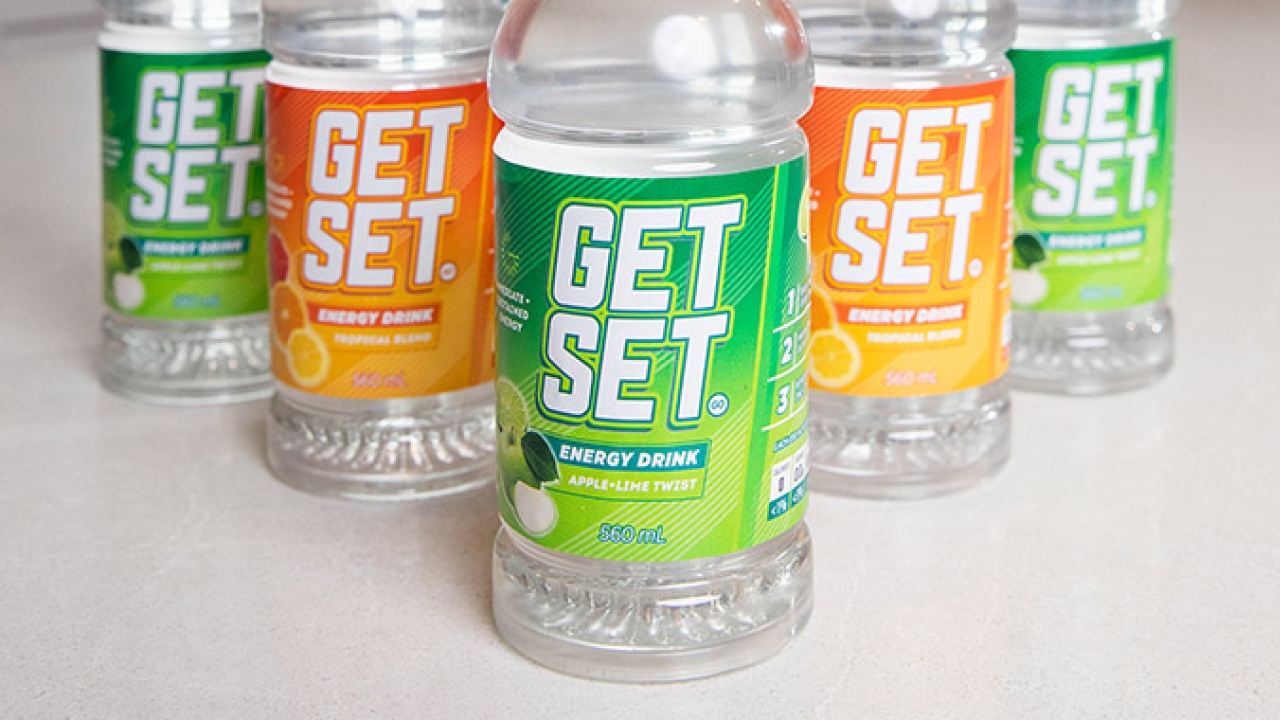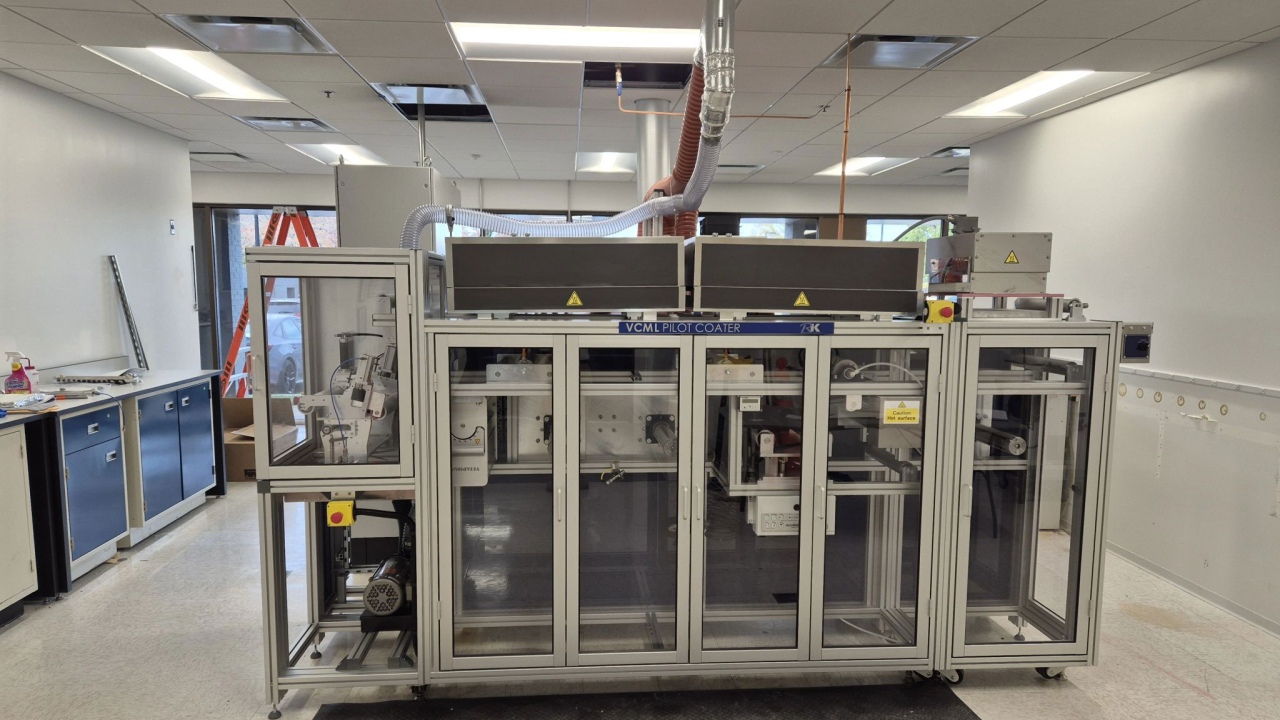Esko publishes beverage packaging trends e-book
Esko has published a free e-book, Trends in the Beverage Packaging Industry: Ingredients for Success, which outlines key trends, and the tools brands can adopt to capitalize on them for commercial success.

The global market for alcoholic beverages amounted to over 1.49 trillion USD in 2020 and is expected to grow to 2.2 trillion USD by 2025, according to Statista. Changing consumer habits during the pandemic have led to a plethora of new behavioral trends, which equates to a host of opportunities for brands hoping to capture new market share in the sector.
‘Almost a third of consumers would like to continue working from home and coupled this, over half of consumers are actively looking for tips on personal health and wellbeing. In catering to this, brands can expand into whole new categories. For example, alcoholic flavored water known as Hard Seltzer,’ said Matthew Haws, vice president of global marketing at Esko.
‘When creating whole new product lines with multiple SKUs, smart brands are using digital tools to help streamline the journey and make the transition from ideation to new product launch pain-free. With digital asset management (DAM) tools like MediaBeacon, external assets can be approved and made available to marketing teams to ensure promotion is extremely agile.’
The latest e-book from the Esko team covers market trends and offers deeper insight into categories such as spirits and cocktails. Packaging trends are also on the agenda, with a look at digital tools for success.
‘The beverage industry is extremely competitive in terms of packaging design. Speed to market with new and different designs is paramount to influencing the purchasing decision ahead of rival brands. Teams that have control of their assets through digitalization are much more likely to turn concepts into actual product ranges quickly – and more cost-effectively,’ concluded Haws.
Stay up to date
Subscribe to the free Label News newsletter and receive the latest content every week. We'll never share your email address.

